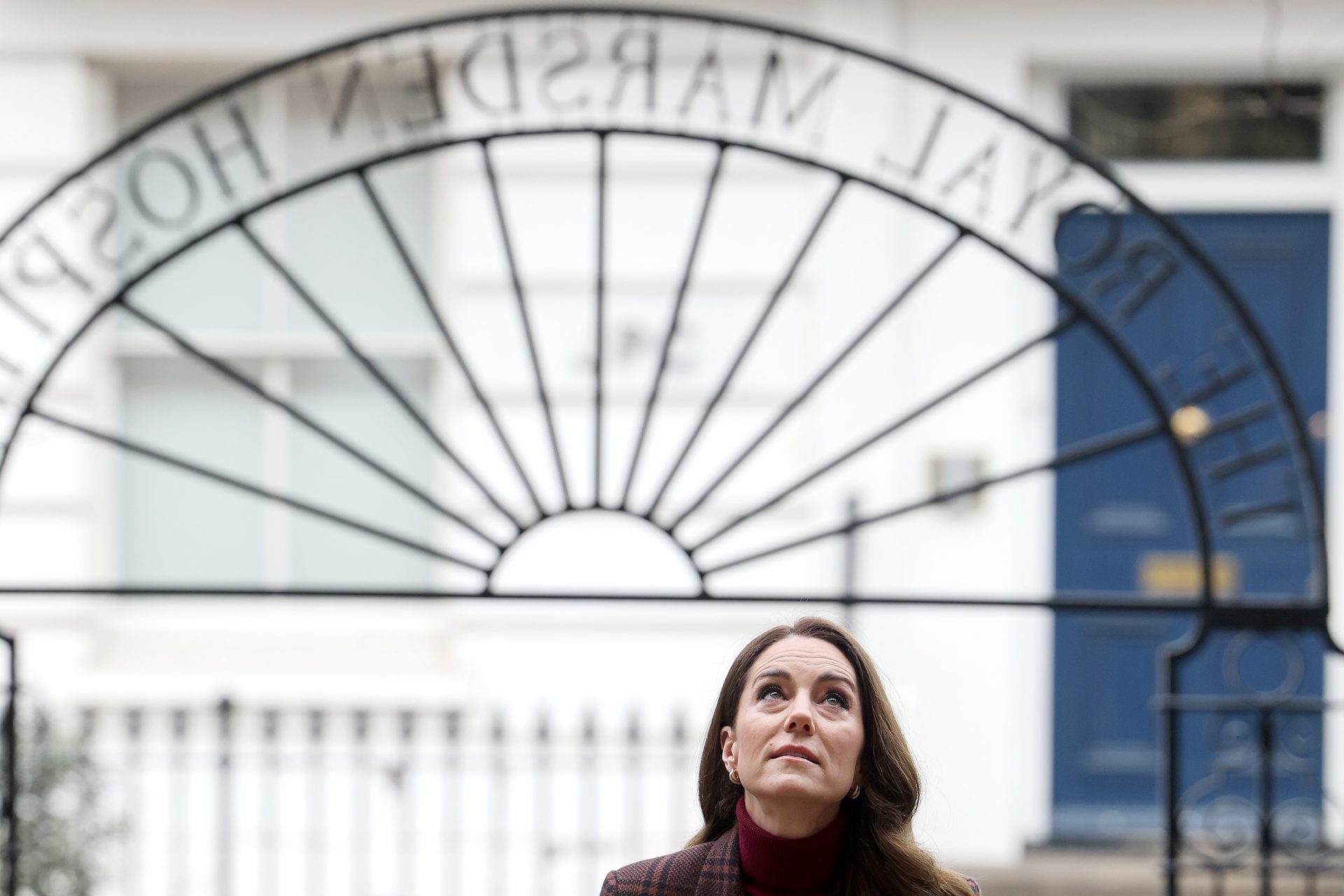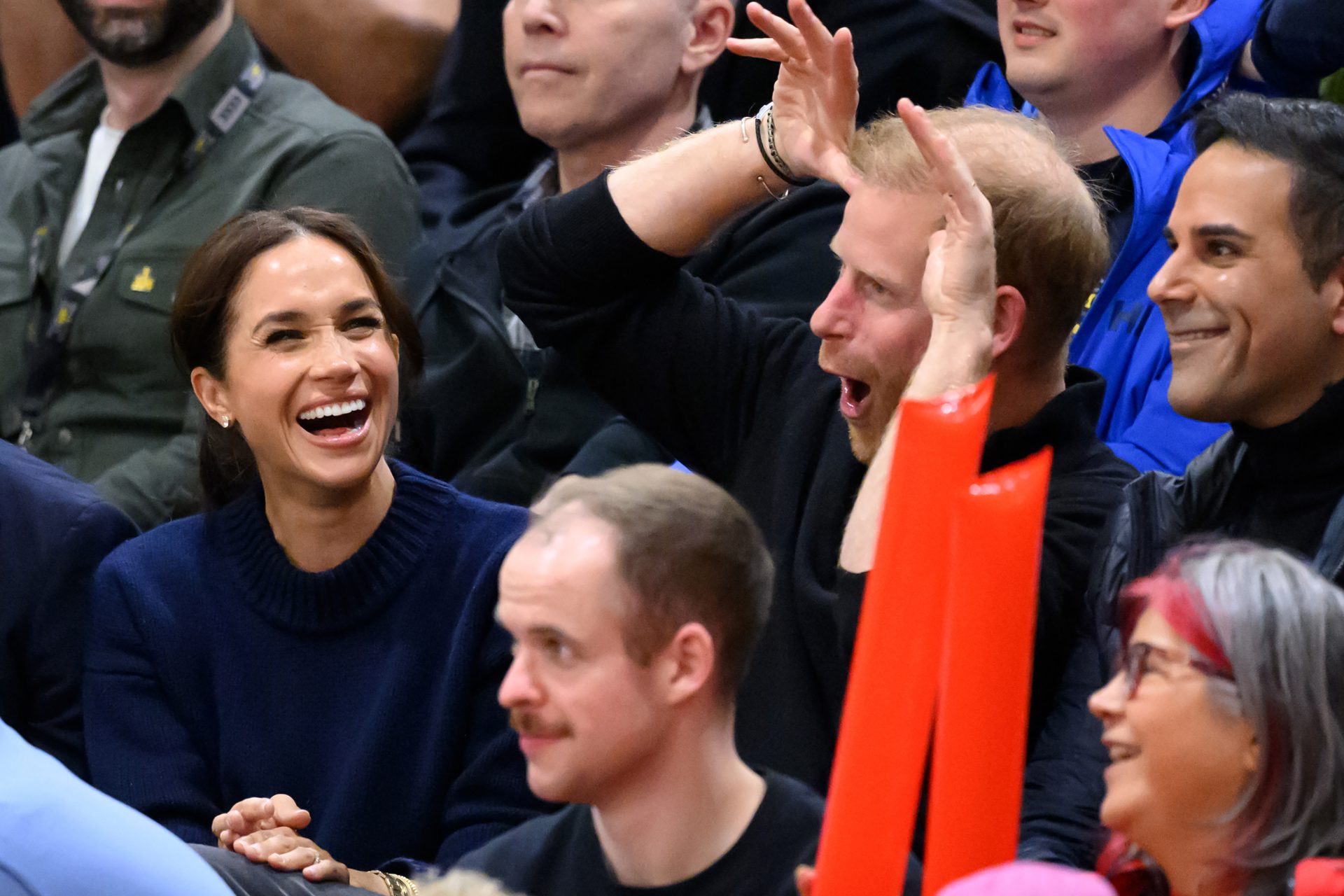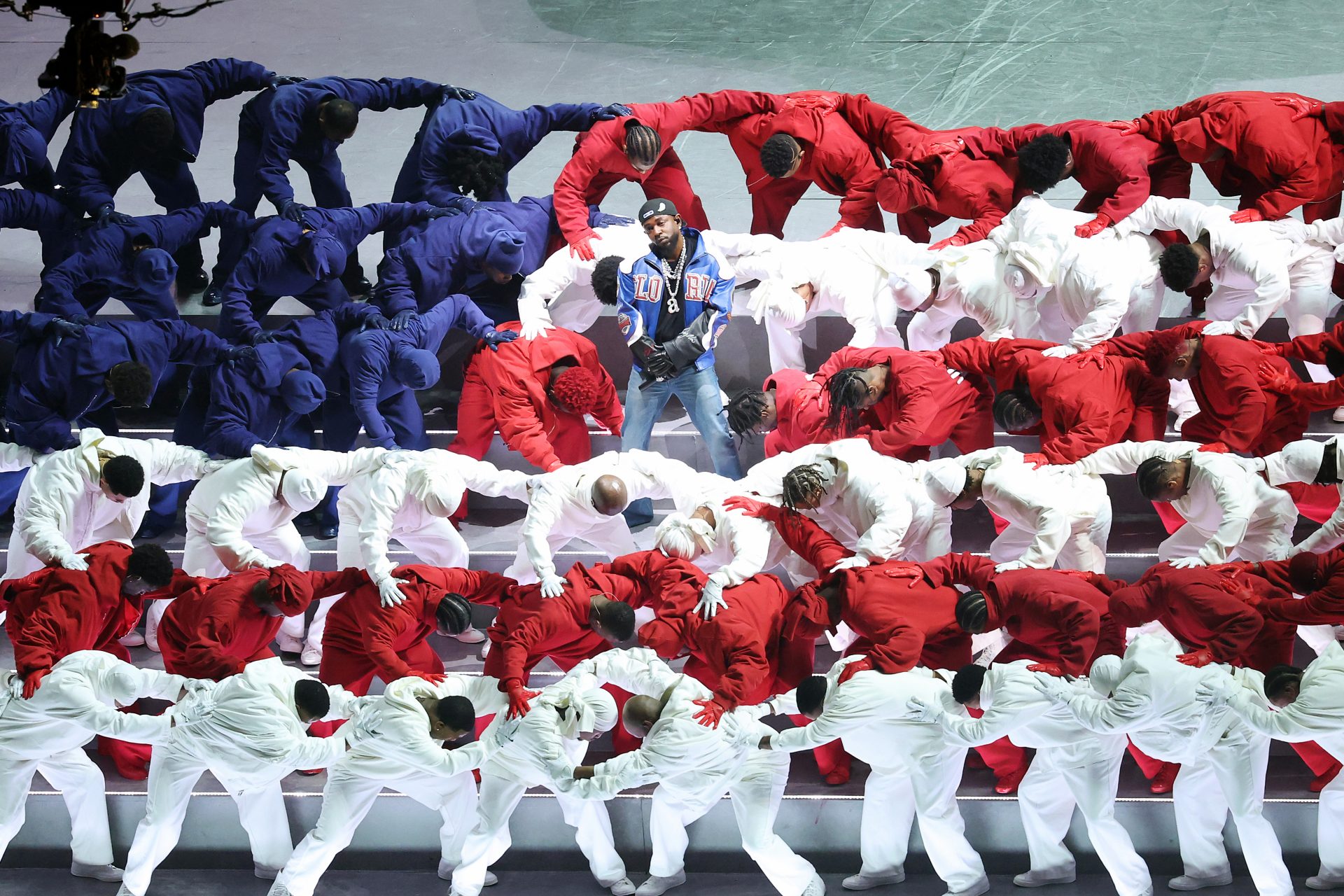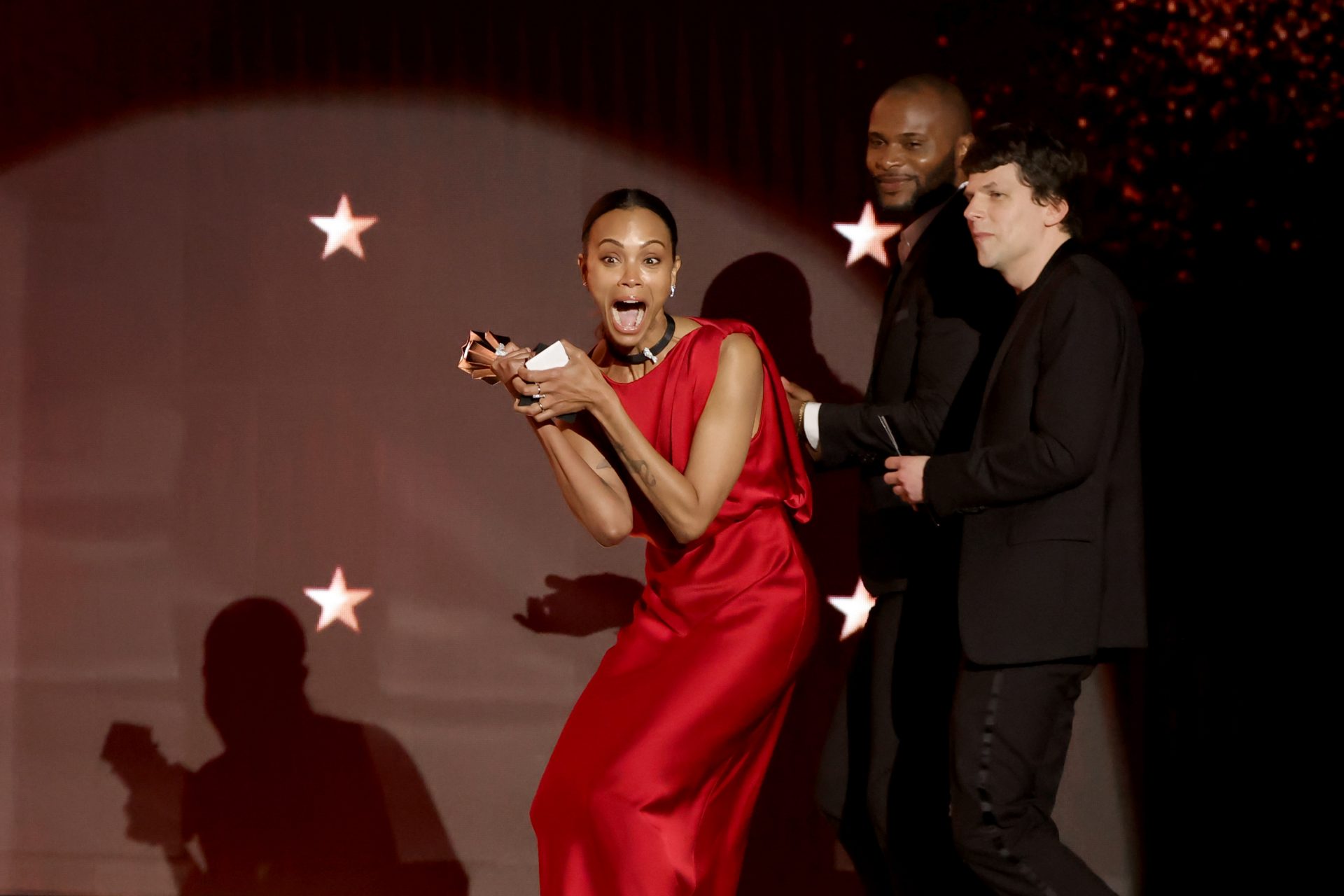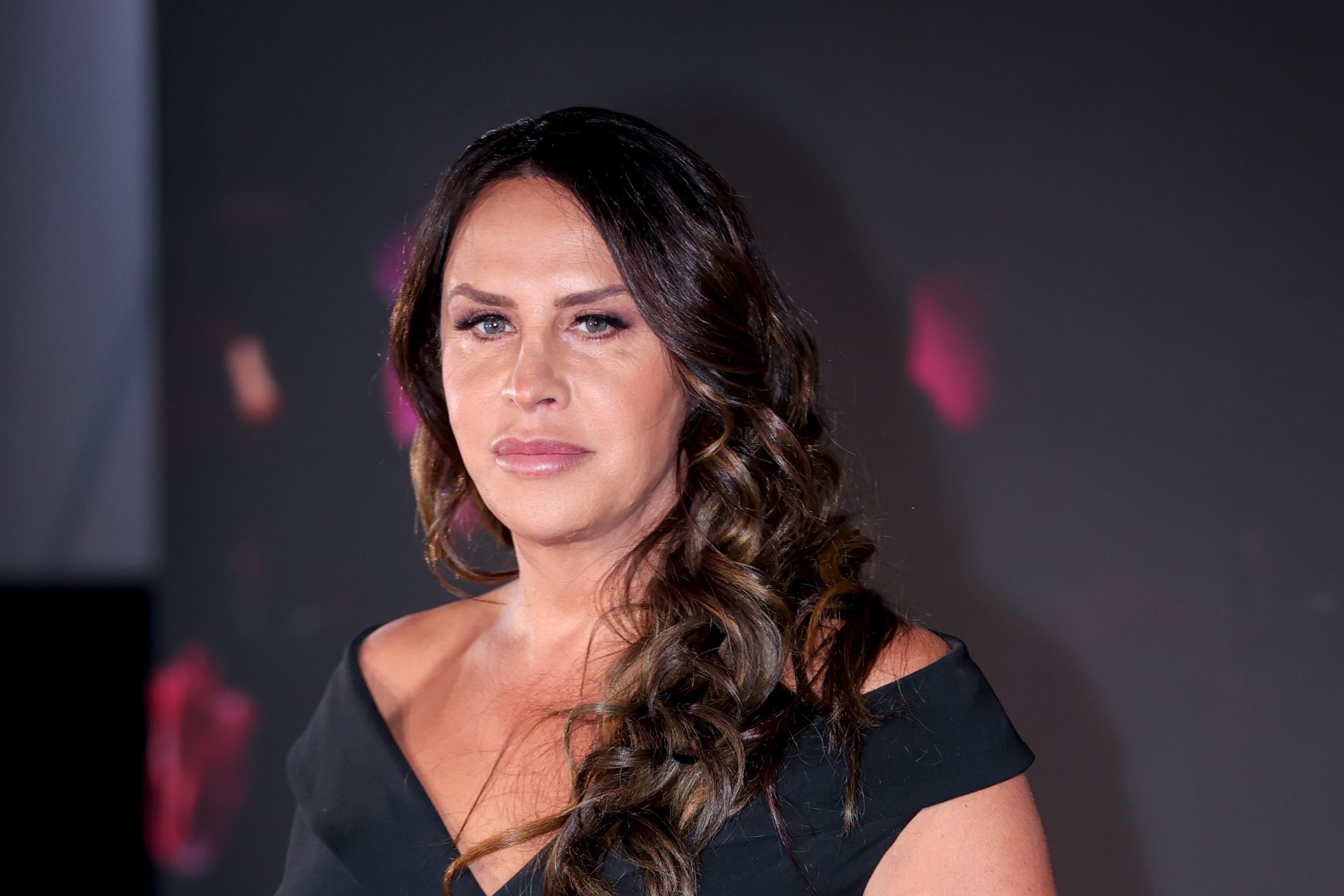Hollywood's first 'Latin Lover': all about his spectacular life and death
When Rudolph Valentino died in 1926 at the age of 31, around 100,000 flocked to see his body. In his short life, he had become one of Hollywood’s biggest stars and the definitive male s e x symbol of the 1920s. Here’s a look at his spectacular rise.
In 1895, he was born in the “boot” of Italy to a biologist father, who died young, and a mother who was a lady-in-waiting to a local marquess. He did poorly in school and moved to Paris, where he learned to dance tango. When Paris didn’t work out, he departed for the US in 1913, desperate for employment.
Image: Photoplay, January 1923 via Wikimedia
When Valentino first arrived in America, he supported himself with odd jobs like busing and was even living on the streets. He eventually got a job as a ballroom dancer. In fact, he was paid to dance with “unescorted” female clients, and that’s where he started to mingle with upper-class New York women.
There, he met de Saulle when she was unhappily married. Valentino testified at her divorce trial that her husband was having an affair with a fellow dancer. As revenge, her powerful husband used his connections to have Valentino arrested on vice charges for associating with a brothel, but the evidence was flimsy.
Image: Bain News Service, 1910-1915 via Wikimedia
After the scandal, Valentino found it hard to get work. Things got worse when Blanca de Saulle shot her husband during a custody dispute. That trial was highly publicized, and Valentino thought it was best to get out of town. He joined a traveling musical that led him to the West Coast.
Valentino found himself in Hollywood after 1917, where he began meeting people involved in the film industry while continuing to dance.
Little by little, Valentino began to get cast in small parts that eventually got bigger. In 1918, he was in ‘The Married Virgin,’ in which he was cast as an Italian villain. Here, he changed his name. He also got a bit part as a “cabaret parasite” in ‘Eyes of Youth.’
Poster: General Film Company, 1918, Via Wikimedia
Despite his best attempts, Valentino kept getting cast as the villain or a gangster. At the time, Wallace Reid, with a fair complexion and all-American look, was the archetypal “hero” while Valentino’s olive skin landed him darker roles.
In 1919, he married actress Jean Acker at midnight. However, the marriage was never consummated. Ackler was known to be attracted to women, and later returned to living with her female partner. The two fought, with Valentino reportedly slapping her.
Photo: Page 69 of the November 1922 Photoplay, by James Abbe via Wikimedia
Valentino fought to portray the young Argentine playboy from the Vicente Blasco Ibáñez. It included a long kiss, tango dancing and became his breakout role. The 1921 film ‘The Four Horsemen of the Apocalypse’ was the sixth-highest-grossing silent film ever.
While working on subsequent films, he met the actress and art director Natacha Rambova (born Winifred Shaughnessy), who would have a major impact on his life. They starred in the avant-guard film ‘Camille,’ as a couple. She had a strong personality, and they began a romance.
Photo: Photoplay, Feb. 1926, p. 34 via Wikimedia
In ‘The Sheik,’ Valentino played a handsome Arab Sheik who ravished a woman who was a decided feminist. While highly problematic to today’s eyes and was debated at its time, the film transformed Valentino into a cultural icon and solidified him as the “Latin Lover.”
Valentino’s manicured look was designed to capture the female fantasy. However, he was also mocked for being empty and shallow, even overly feminine. Since he was beautiful (not rugged), foreign, wore tight pants and had slight features, his person was supposed to be not overly threatening to white American men at the time.
Image: Caricatures of Valentino by Dick Dorgan, Photoplay 1922, Wikimedia
After the Sheik, Jean Ackman sued for divorce, and the details of the failed marriage mixed with his onscreen persona. But before a year had passed, which was required under California law, he married Natacha Rambova in Mexico. He was arrested, charged with bigamy in a highly public trail. While they were let off, the pair was forced to annul the marriage.
In another film based on a Spanish book with sadistic overtones, Valentino played a bullfighter drawn to a wealthy, seductive widow. Despite coinciding with the controversial trial, the film was another massive success, with critics calling it a masterpiece.
While negotiating for more money from his studio, Valentino got involved in other ventures. He published a highly successful poetry book ‘Day Dreams,’ a book called ‘How You Can Keep Fit,’ articles about his life story, sang on some tracks and judged beauty contests around the country.
Image: ‘How You Can Keep Fit’ by Rudolph Valentino, 1923, MacFadden Publications
Members of the press became increasingly critical of Valentino. They questioned his virility, s e x u a l i t y, and a 1926 article in the ‘Chicago Tribune’ blamed Valentino for feminizing American men. This last piece made Valentino so angry that he challenged the writer to a boxing match, since dueling was illegal. His challenge went unanswered.
After having personal, professional and financial problems, Valentino returned to films after a two-year hiatus. While shooting ‘The Eagle, ’ Rambova took a break from the marriage after the two split professionally as well. In 1926, he filmed the sequel to ‘The Sheik,’ even though he was feeling sick.
In August 1926, he went to the hospital after sharp pains in his stomach. Doctors operated for appendicitis, but his problem turned out to be gastric ulcers (this symptom is now known as “Valentino’s syndrome). After surgery, he got peritonitis. Valentino and doctors thought he would recover, but eight days into his hospital visit, he died of sepsis.
The gossipy book about classic Hollywood claimed that he was killed in “an arsenic revenge” by a women who he had dropped after a brief affair. The book also reported other rumors that was shot by a lover’s partner or died of syphilis. Serious biographers, however, dismiss these claims.
Photo: Miss Eva Miller at the coffin of Rudolph Valentino
What’s true is that fans flocked to see his body after his death. Around 100,000 people reportedly waited in line to see him off, even starting a riot and smashing windows. His remains were taken from New York to California and he was interred at Hollywood Forever Cemetary.
Photo: General view of crowd outside Campbell funeral home during memorial for screen idol Rudolph Valentino.























